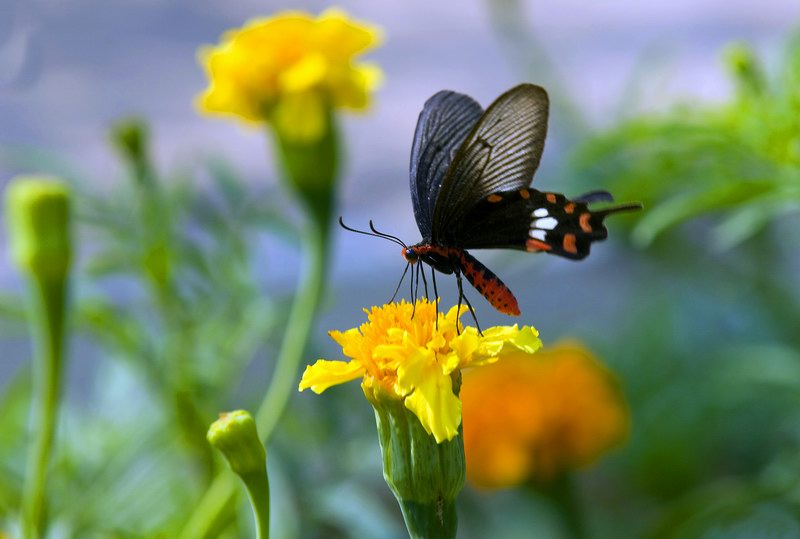Self-Inquiry Meditation
"Inner renunciation is the most important renunciation.If you have not inwardly renounced your efforts, external renunciation will be unsuccessful. Firstly renounce bad qualities and remove from your inner path the stones of ego, anger, lust and hatred."
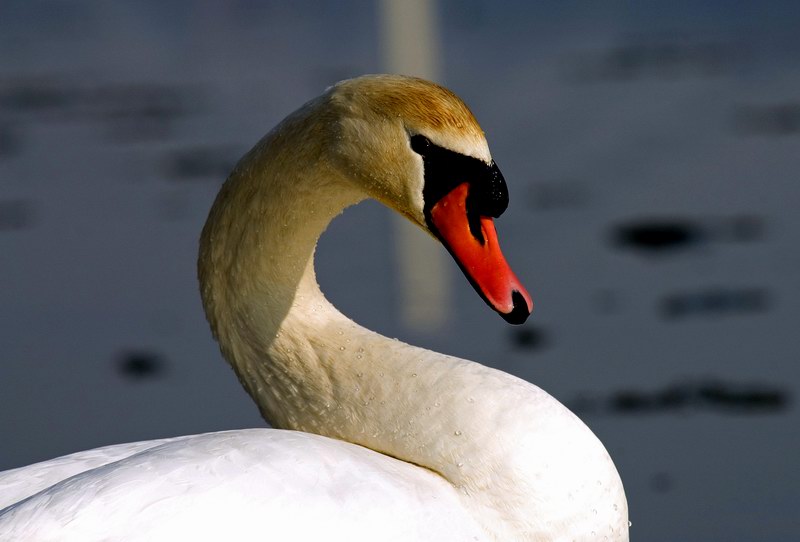
“Self-Inquiry Meditation” is a fundamental aspect of the “Yoga in Daily Life” system. The practice of the Asanas and Pranayamas are progressively developed throughout this system and in the same way, the concentration and meditation practices are also developed step-by-step.
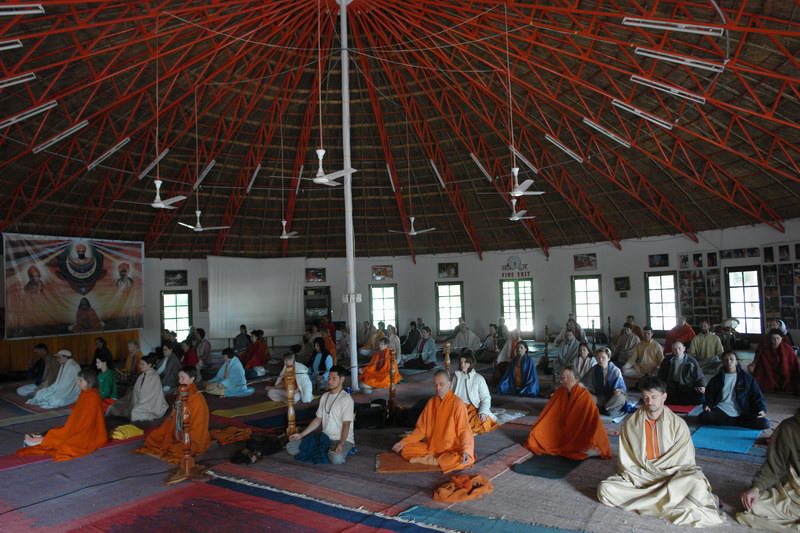
The technique of “Self-Inquiry Meditation” helps us to attain Self-Knowledge through self-control and self-development. Its goal is to experience and realise the Divine Self (Atma) within us. Such a supreme goal cannot be achieved overnight, but requires self-discipline, consistent practice and guidance from a Master.
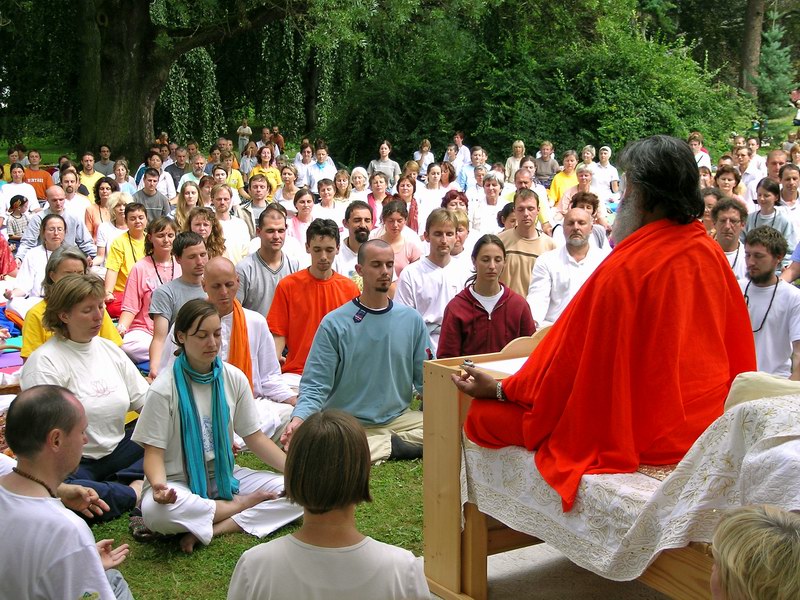
The Self-Inquiry Meditation begins with the question: “How am I?” in order to eventually discover the answer to life’s most fundamental question: “Who am I?”
In the practice of meditation we gain spiritual knowledge (Para Vidya), which is eternal and unchanging, greatly differing from intellectual knowledge (Apara Vidya). Spiritual knowledge cannot be taught, it can only be gained by one’s own experience. It unfolds within the heart through realisation, when one follows the Cosmic Laws, the practice of Mantra, meditation and receives the blessing of the Master.
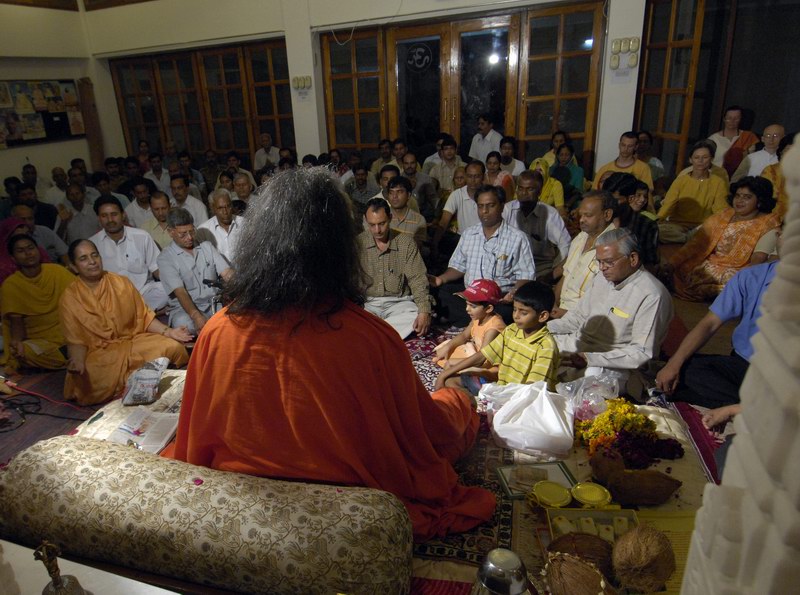
To acquire knowledge of the Atma, it is first necessary to explore and illuminate all levels of consciousness. This includes the conscious mind, subconscious mind and unconscious mind. The content of these levels of consciousness must be fully exposed and purified. This can only occur when we do so with full awareness - through meditation. Then the door to Supreme consciousness will open to reveal the Divine Atma.
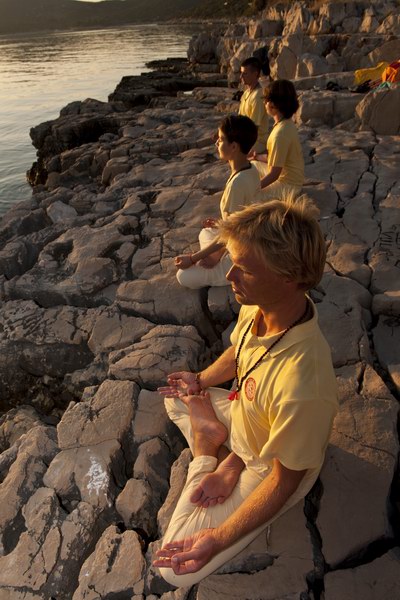
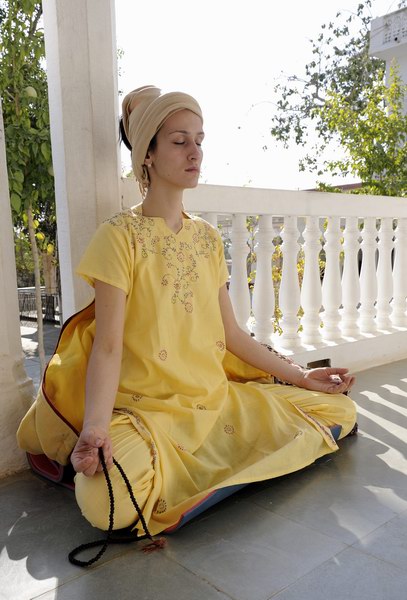
In “Self-Inquiry Meditation” the initial practice is to attain complete physical and mental relaxation. Next is to increase the ability to concentrate through the practices of visualisation and imagination. Then the mind is turned to inquire into the contents of our own consciousness - to our personal qualities, perceptions and habits of thought. At the same time it is important to detach oneself from preconceived ideas and opinions. Throughout this practice, one must adopt an unbiased viewpoint in order to gain full insight and knowledge.
Therefore do not cling to well worn tracks, do not repeat “well known lessons” and do not get stuck in emotions. Venture out beyond the boundaries of the intellect to dive into the depths of consciousness.
We believe we know ourselves quite well, but when we take a deeper look within we may discover a good many things that we do not know. Perhaps we’re surprised at the existence of some beautiful, positive qualities such as compassion, understanding, love, humility, patience, discipline, sincerity, determination, contentment, joy and deep, inner bliss. As we become more and more aware of these qualities, we find in them a great help for our Self, our spiritual development and relationships with fellow beings.

However, in many cases the negative aspects also surprise us. These hinder our spiritual development and cause disharmony in our Self and in our surroundings. Examine yourself honestly. Are you anxious, greedy, ambitious, envious, jealous, intolerant, unforgiving, violent tempered, vain, besieged with complexes? Often we’re not at all aware of such characteristics and are of the opinion that we have already overcome them. But sometimes they surface again. These rest in the subconscious as seeds waiting for favourable conditions to sprout.
Our life-existence moves in the area of four levels of consciousness:
- the unconscious
- subconscious
- conscious
- superconscious
The karmic traces of our previous incarnations are in the unconscious. In the subconscious lie all the experiences and impressions of our present life, which have been recorded and stored there since the entry of our soul into the womb. The subconscious contains everything that we have gone through and experienced, all sense impressions, conscious as well as unconscious. One can compare it with a tape recorder, which records all sounds that are picked up by the microphone. The subconscious records everything, good and pleasurable, as well as suppressed problems, mixed and aggressive feelings, fears, sadness, hopes and desires.
When we dive deep within ourselves in meditation, we can become aware of these dormant “seeds” in the subconscious. With the recognition and analysis of their causes and connections, it becomes possible for us to release them and consciously be rid of them.

An example: Someone suffers an apparently groundless fear and seeks the help of a Psychiatrist. Through analysis it is discovered that this fear originated in a certain incident in childhood. With recognition of the cause the fear lessens in importance and the affected person can consciously release it.
The unknown and unresolved incidents of past events stored in the subconscious disturb us only until their real connection becomes revealed to our conscious mind. In light of this knowledge, these “shadows” immediately disappear.
In the practice of “Self-Inquiry Meditation” we explore our inner world and learn to understand that function of our psyche which is the connection between the subconscious and conscious mind.
The mind is like a mighty river. A river cannot be dammed for long or be brought to a standstill. If we erect a dam without providing a spillway, then sooner or later a catastrophe occurs. The dam bursts and the land is inundated by raging floodwaters. If we curb our mind too strongly and totally suppress our desires and feelings, the resulting tension in the subconscious goes off like an explosion - the inner pressure becomes too great.
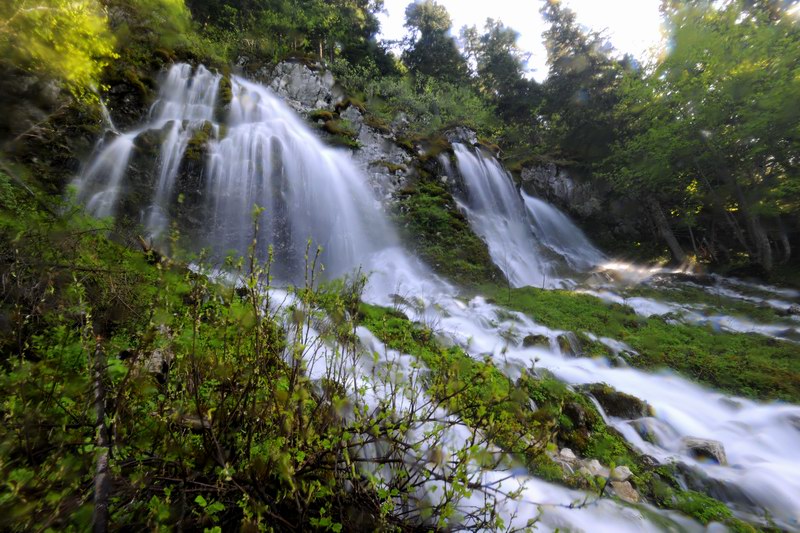
In fact, we cannot command the mind to stop - we can however, give it a direction just as one can redirect a river in order to avoid floods and damage. In the practice of “Self-Inquiry Meditation” we learn to control and regulate the “instruments” of our consciousness - the mind and the senses - without suppressing their activity. The necessary prerequisite for this is to learn to recognise and understand our Self and our inner motives. Through this, we can in good time, intervene and prevent our thoughts from taking a direction which would otherwise give rise to problems and sorrows.
In “Self Inquiry Meditation” we learn to understand ourselves and others. We learn to forgive ourselves and others. We purify our subconscious and gradually lose our inner inhibitions and complexes. Our thinking becomes well ordered and clear and due to this we are able to overcome and avoid many difficulties in life. In the end we recognise our true essence and our goal in life and bring our inner Self to unfold.
Examine your own life. Do you only seek material pleasure, or do you strive for Realisation and spiritual knowledge? Eating, drinking, sleeping and procreating fill the life of each animal. If we only strive for the same, and nothing higher, we waste our human potential. But those who are conscious of the opportunity of human existence, take the time for spiritual practice - to meditate and pray, irrespective of their religious faith. God is everywhere. God is the Omnipresent, conscious energy, which permeates all creation and all living beings.
